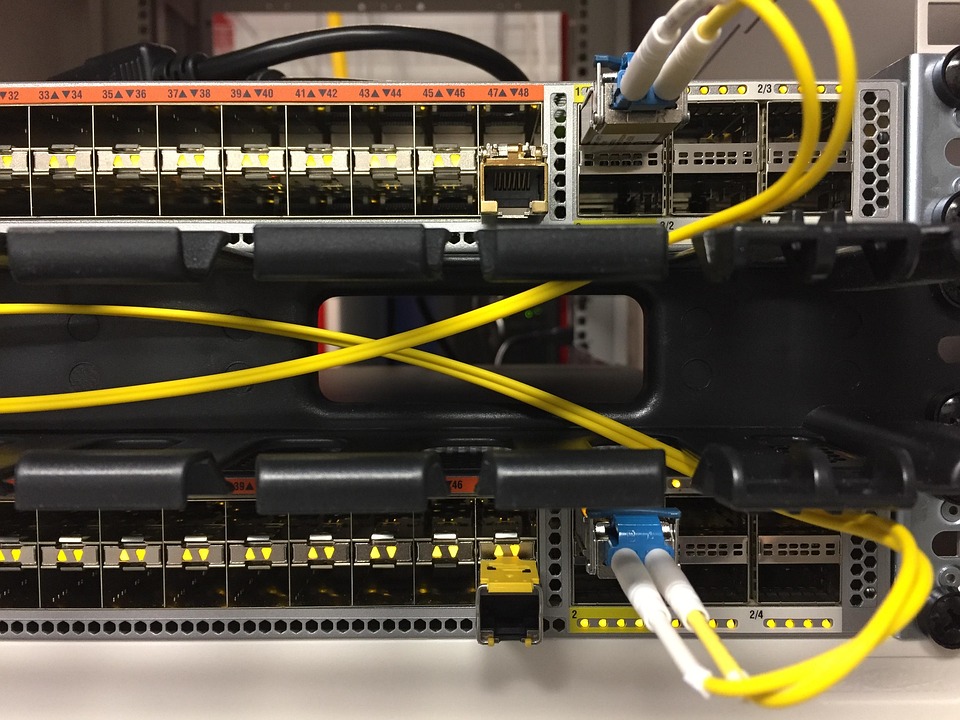Introduction: The New Frontier of Search with Google’s AI Overview
Google’s introduction of AI Overview marks a seismic shift in how users experience search. This evolution—powered by generative AI—provides summarized, conversational answers directly atop Search Engine Results Pages (SERPs). For SEO professionals and content creators, this isn’t a minor algorithmic update. It fundamentally redefines the rules of engagement for organic visibility and necessitates a strategic rethink.
At its core, AI Overview leverages Gemini (Google’s multimodal LLM) to synthesize information from diverse high-authority sources and present concise, context-rich answers to complex queries. Unlike traditional “blue links,” it delivers a comprehensive snapshot that often satisfies user intent instantly. This means traffic dynamics are shifting: Sites featured in the AI Overview gain immense exposure, while those relying solely on classic “Position 1” rankings risk irrelevance.
How AI Overview Reshapes SEO Fundamentals
Google’s goal with AI Overview is clear: Reduce friction in information retrieval. If a user asks, “How to optimize PHP for high-traffic WordPress sites?” AI Overview won’t just list resources—it’ll generate step-by-step recommendations, code snippets, and warnings. For SEO, this means:
- Zero-Click Content Becomes Dominant: Users get answers without clicking through, directly impacting organic CTR. A study by SparkToro suggests featured snippets already cannibalize ~50% of clicks; AI Overview amplifies this exponentially.
- Authority Trumps Keyword Density: AI Overview prioritizes sources demonstrating deep topical expertise (E-A-T). Thin content stuffed with keywords won’t make the cut—it demands originality and depth.
- Query Complexity Drives AI Engagement: Longer, conversational queries (e.g., “Compare shared vs. VPS hosting for an e-commerce site”) trigger AI Overview more often than transactional searches.
Strategic Adaptation: Thriving in the AI Overview Era
To secure visibility amid this disruption, SEOs must embrace these imperatives:
- Hyper-Specialized Content: Surface in AI Overview by creating go-to guides that solve multifaceted problems. Example: Instead of “best CRM tools,” target “Integrate HubSpot CRM with GA4 to track SaaS trial conversions” with screenshots, API code, and analytics tips.
- E-A-T as a Non-Negotiable: Showcase credentials: author bios with verifiable expertise, peer-reviewed citations, case studies, and transparent methodologies. Google’s guidelines now explicitly prioritize “experience” as a pillar of E-A-T.
- Semantic Structure & Structured Data: Use schema markup (HowTo, FAQ, Course) to help AI parse content. Break articles into scannable sections with H2/H3 headers mirroring natural language queries.
- Multimedia Synergy: AI Overview pulls from videos, forums (e.g., Reddit), and academic papers. Embed explainer videos, publish peer-validated research, and engage in niche communities.
The Traffic Paradox: Risk vs. Opportunity
Yes, AI Overview diverts some clicks. But it also offers immense upside:
- Brand Authority Boost: Being cited as a source signals trust, elevating domain authority.
- Long-Tail Dominance: AI Overview excels at answering complex, long-tail queries—precisely where niche sites thrive.
- Voice/Visual Search Integration: As Overview rolls out to voice assistants (Google Assistant) and multimodal search, optimized content gains cross-platform visibility.
One critical unknown: Monetization. If Google places ads within AI Overview panels, clicked sources could still earn revenue share—making inclusion doubly valuable.
Conclusion: Adapt or Invisibilize
Google AI Overview isn’t speculative—it’s here, scaling globally. Traditional tactics like keyword cannibalization or backlink spam won’t survive. Winning requires:
- Creating unimpeachably authoritative content.
- Architecting information for machine understanding (not just humans).
- Embracing multimedia and community-driven credibility signals.
SEO’s future belongs to educators, practitioners, and subject matter experts—not optimizers playing guessing games. Depth is the new domain authority.
FAQs: Google AI Overview and SEO
Q: Will AI Overview replace traditional search results?
A: No. It supplements them for complex queries, but “navigational” searches (e.g., “Facebook login”) still show standard links. Hybrid SERPs (AI panel + organic results) will dominate.
Q: How do I track if my site appears in AI Overview?
A: Google Search Console’s “Performance” report now includes a filter for “AI Overview impressions/clicks.” Monitor queries triggering AI features and your visibility share.
Q: Is AI Overview available globally?
A: Initially launched in the U.S., Google plans phased rollouts across 120+ countries by late 2024. Opt into Search Labs to test early.
Q: Can I “optimize” specifically for AI Overview inclusion?
A: No silver bullet exists, but tactics include:
- Structuring content with clear headings (H2/H3) answering “who, what, why, how.”
- Using tables, bullet points, and step-by-step breakdowns.
- Targeting question-based keywords with exhaustive answers.
Q: Will AI Overview increase or decrease my organic traffic?
A: Early data shows volatility. Pages cited in Overview can see referral traffic surges (if users seek sources), while others experience CTR drops. Diversifying traffic sources (email, social) is critical.
Q: Does Google penalize AI-generated content in AI Overview?
A: Yes, if it’s low-quality. However, AI-assisted content (researched by humans, refined via tools) isn’t banned. Focus on value, not creation method.
Q: How does E-A-T influence AI Overview sourcing?
A: Heavily. Google’s systems prioritize sites with established expertise (e.g., medical content from hospitals, legal advice from licensed attorneys). Demo authorship with bylines, credentials, and publication history.
Embrace the shift: AI Overview rewards substance over syntax. Start auditing your content for depth, credibility, and structured clarity—or risk algorithmic obsolescence.







